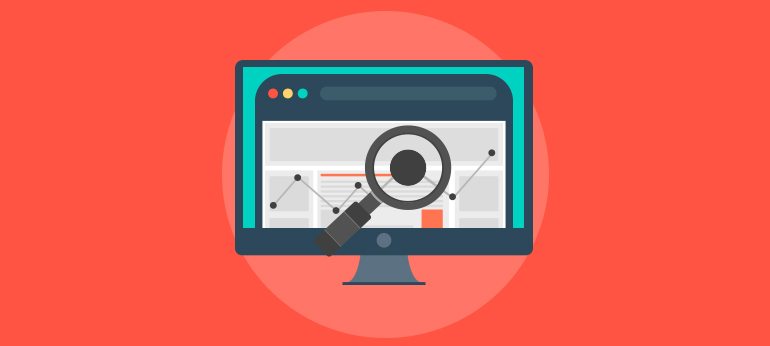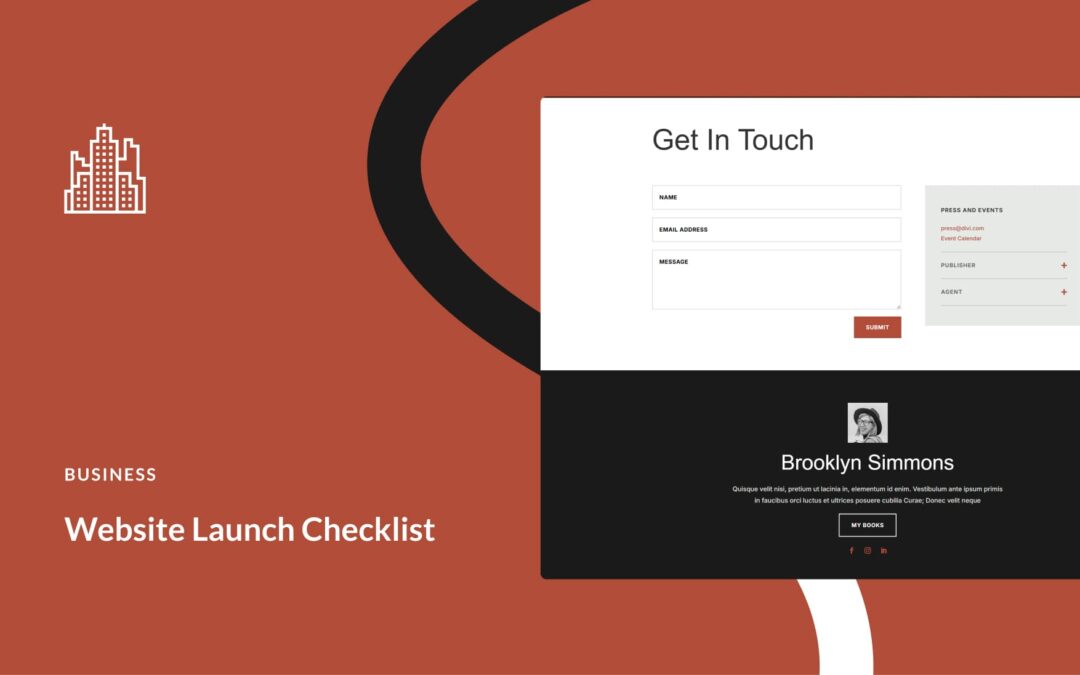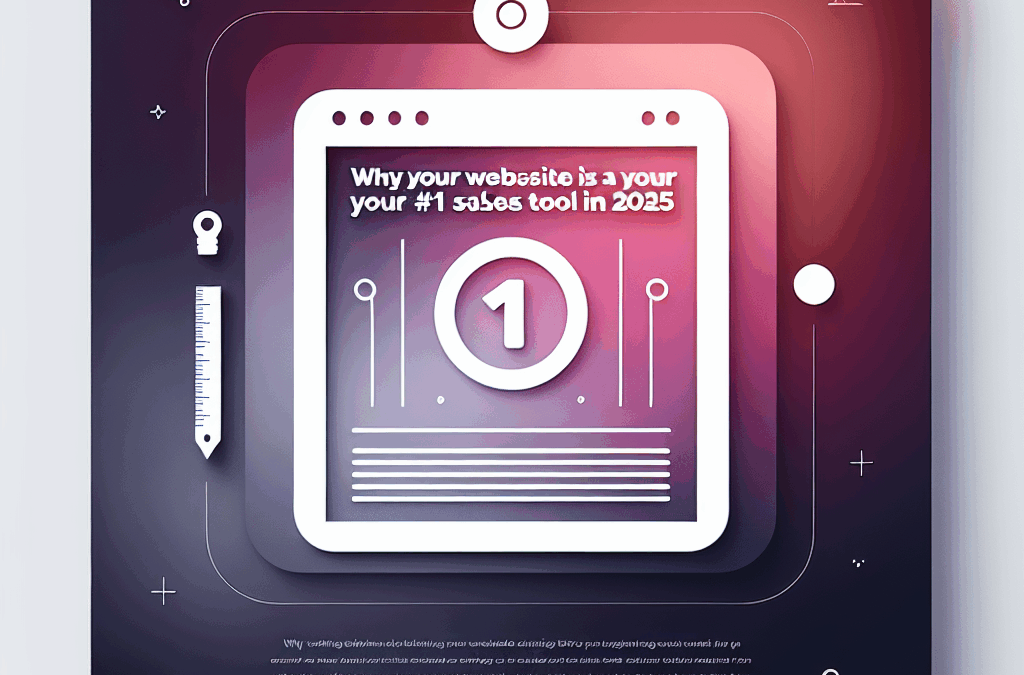If you want to measure website performance, one of your more valuable tools is Google Analytics. There, you can measure traffic, its source, and what people do once they click through to your site. Each of Google Analytic’s metrics provides you with valuable information. Today, we are going to take a look at your website’s bounce rate. You will learn what it means and how to use it to improve website performance.
What Is ‘Bounce Rate’?
Bounce rate measures the percentage of people who enter your website and don’t make it past the first landing page. In other words, they only view one page and don’t click on any links.
Don’t confuse this with SERP Bounce Back Rate which is slightly different. That measurement is the number of visitors that come to your site through Google and hit their back button. There is some evidence that Google uses the Bounce Back Rate as a ranking tool because they figure that when people hit the back button, they did not find what they needed.
Bounce rate (found in Analytics) is different. Someone may come to your site to view your Contact Page and leave after writing down your phone number. They only visited one page, so it is counted as a bounce, but they DID receive the information they were looking for.
By understanding your bounce rate, you will be able to determine whether your visitors are leaving satisfied or if you need a website redesign.
How to Analyze your Bounce Rate
The first step in analyzing your bounce rate is to gather your data. Login to Google Analytics and find some key information.
Under ‘Site Content’ go to ‘All Pages’ for a listing of your most visited landing pages. This will pull up your Pages Report on your screen. There, you will find the raw number of visitors along with the bounce rate for each page. Here are some key pages you should review.
- Homepage
- Contact Page
- Top 10 Pages
- Promotional Landing Pages
Analyzing Your Bounce Rates
Just because your bounce rate is high does NOT mean your landing page is underperforming. Sometimes the user experience was so good that they found their information quickly and left. This is especially true if they were just seeking contact information.
What is a good bounce rate?
Here are some general guidelines for bounce rates.
- A bounce rate lower than 40% is excellent.
- 41% – 55% is considered good, but average.
- 56% – 70% needs further examination based on the content of that page.
- Anything above 70% is considered too high UNLESS it is a blog post or a news article.
Blogs typically have a high bounce rate because of their nature. People visit them to acquire specific information. Without strategic linking to take them to other articles or a strong call to action, people will leave as soon as they find what they need.
Acceptable bounce rates also vary depending on the type of website involved.
- Professional services websites – average 30%
- Retail Sites – average 40%
- Lead Generation Sites – average 50%
- Content Websites or Blogs – average 70%
Keep in mind that these figures are generalities. You should identify your key pages and set goals for bounce rates that make sense for your industry and conversion goals.
Segmenting Bounce Rates
One way you can understand bounce rates further and gain actionable insights is to segment your data. Google Analytics allows you to compare bounce rates based on the following demographics.
Location
If you are a local business, you will want to know how many people bounce in your target area. For example, if you are an insurance agent licensed in California, it will not matter how many people in India bounced from your site. However, it would be helpful to know if you are losing traffic from your state.
New Visitors vs. Returning Visitors
Normally, new visitors will have a higher bounce rate than returning visitors. By differentiating between the two, you can develop a strategy for retaining each group. If nothing else, you should measure the bounce rate of new and returning visitors to your blog. This helps you determine how well your content engages the people who click on one of your articles.
Technology and Device
Knowing how people view your website is very important. If you have a high bounce rate for mobile users, you might need to check if your site is mobile friendly.
Once you identify actionable items, you should run tests to determine how you can improve bounce rates.
Improve Bounce Rates via A/B Testing
Google has a free program called Optimize which allows you to do A/B Testing on any landing page. You can change out an image or a header and test whether or not version A or B performs better. In fact, you can run multiple tests until you have tweaked the page to achieve an acceptable bounce rate.
A/B Test can not only help with bounce rates, but it also creates a better experience for your visitors.
If you have a high bounce rate that requires a website redesign, then you might want to take advantage of our Free Mock-Up Offer. Ericks Webs will design a new website for you, built to maximize engagement, without any risk on your end. If you don’t like what you see, then no problem. There is no commitment up front.
Traffic










